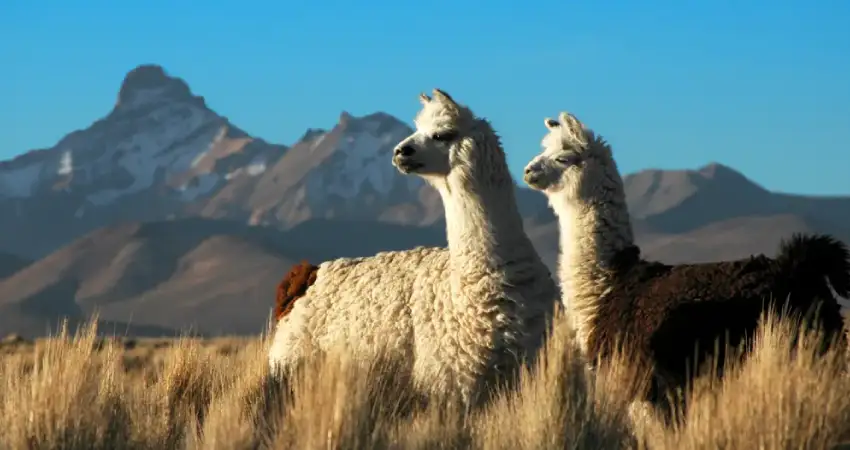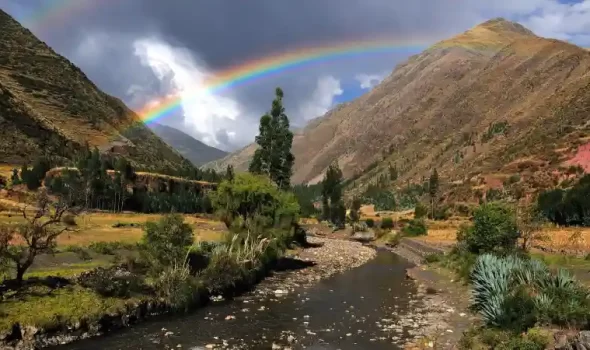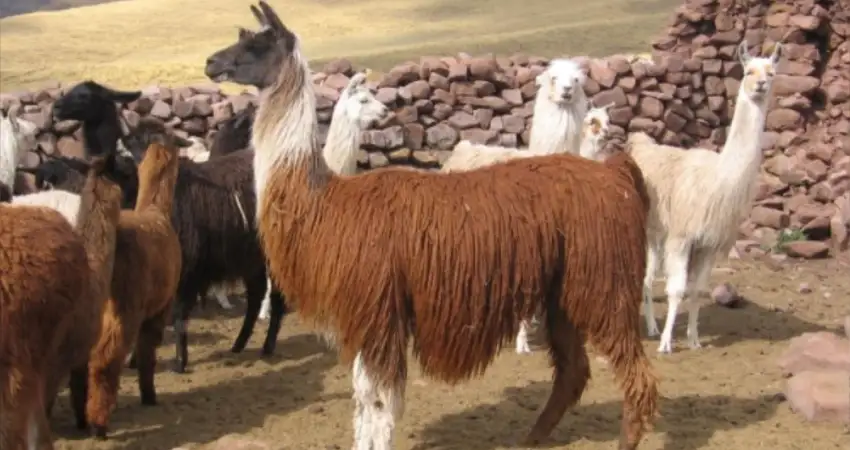
llamas vs alpacas
1.- LLAMAS VS ALPACAS: ORIGIN AND TRANSCENDENCE IN TIME
Something that many people do not know about llamas and alpacas is that these are species that have been domesticated from their direct relatives, the huanaco and the vicuña for thousands of years. It is considered that the Telarmachay human settlement was the first to begin the domestication and use of these animals for beneficial purposes such as transportation, agriculture and more. Over time both species had a great resemblance for this reason it is easy to mistake and confuse them. So speaking of llamas vs alpacas, what makes them different?
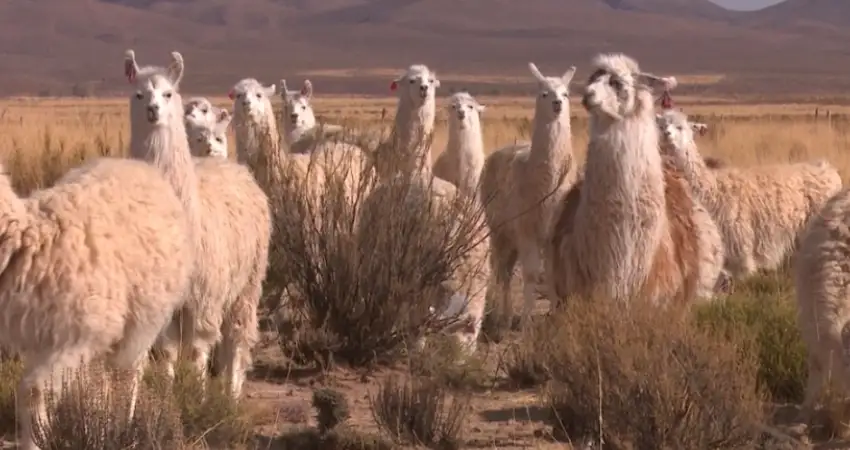
Llamas VS Alpacas: chaku
1.1.- Llamas
They are directly related to their wild version (the Huanaco) although differentiated by the length and color tone of the fiber. There are 2 types of llamas, the first is a species that has a lot of wool, also called Ch’aku and others that are the opposite and do not have much wool called Q’ara, the latter is mainly used to transport things similar to a cargo road and even in the Andes is common to see people moving things on a group of llamas, this is thanks to the physiognomy they have, the llamas can carry about 50 kg and travel up to 30 kilometers per day. As for their wool, it can vary in color since there are versions from white to black (naturally also variations of the same color such as gray, brown and others). On the other hand, llamas are also valued for their wool as it is quite valued by people who make clothing, its thickness can be between 26 to 28 microns and per year can be collected between 10 to 20 centimeters long.
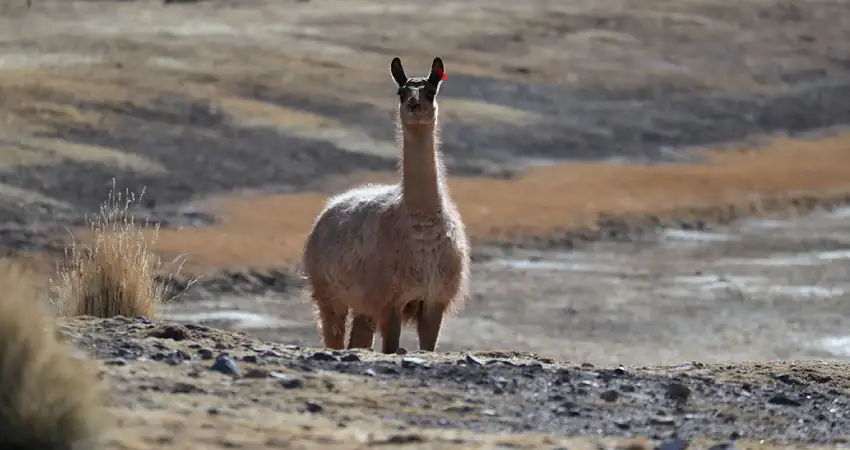
Llamas VS Alpacas: q’ara
Its use can also be multiple since there are populations that also use their meat as food, on average the llamas can provide 20 kg of meat that becomes Charqui (dried meat) to be preserved, its fat has medical purposes for the properties it has, the leather can be used to make shoes, bags, belts and more, even the dung is used as incendiary material and thus to maintain a fire in places where there is no firewood.
| “Travel as much as you can. Money is recouped, time is not.” |
1.2.- Alpacas
The first characteristic that differentiates them is undoubtedly their size. Compared to llamas, alpacas are smaller and resemble their wild relative, the Vicuña. This species of Andean camelid has its largest population in the humid Puna areas. Its relationship with the vicuña was demonstrated after several molecular DNA studies were carried out, proving that it is the closest thing to a domesticated vicuña. Among the Alpacas there are also 2 varieties, the first is called Huacaya and has the main characteristic of being more woolly but with undulations (similar to a sheep), the second is called Suri and in the same way has a large amount of wool but is silkier and silkier so it is larger.
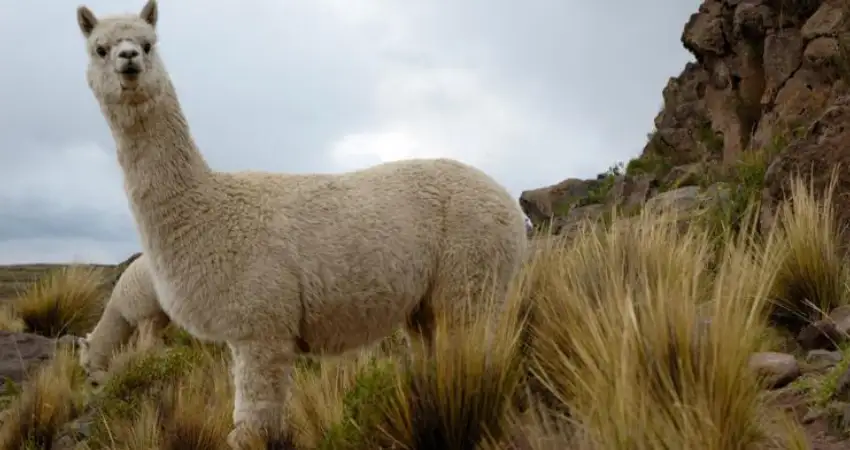
Llamas VS Alpacas: huacaya
The quality of their wool is much finer so it is understood that they have been more valued than llamas and used more often to take advantage of it, its color tone can vary from white to black, although for many years the white ones were preferred because they were so striking. They also take advantage of the benefits that can be obtained from the Alpacas as their meat is much more valued for its nutrients and low fat, it is regularly consumed frequently in the Andes.
| LLAMAS VS ALPACAS COMPARISONS | ||
| CHARACTERISTICS | LLAMAS | ALPACAS |
| Size | Up to 1.8 meters tall | Up to 1.5 meters tall |
| Weight | Between 113 kg and 158 kg | Between 55 and 65 kg |
| Life expectancy | 15 to 25 years | 15 to 20 years |
| Coat level | Has a coarse, rough outer fiber coat, with a finer undercoat | Has a more uniform, smooth, fine coat |
| Coat color | Varies, but generally darker, earthier tones | Variety of colors, including white, beige, brown and black. |
| Breeding | Often bred for their meat, leather and wool | Bred mainly for their high quality fiber |
| Behavior | Can be territorial and difficult to handle | Generally docile and easy to handle |
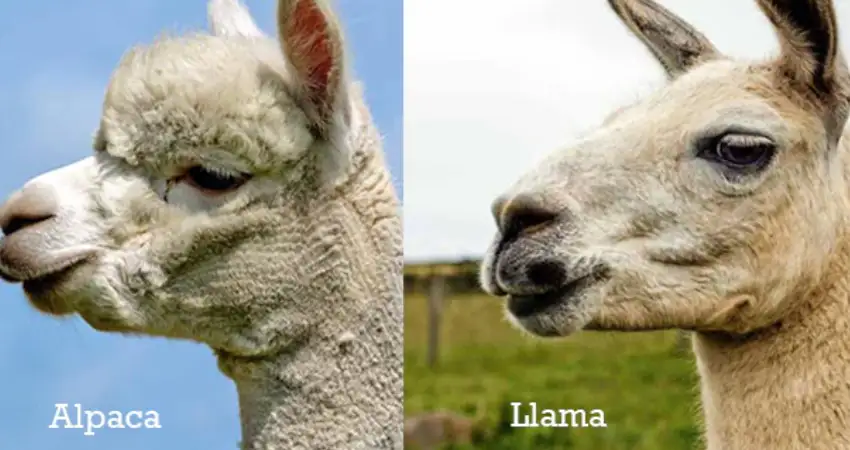
Llamas VS Alpacas: differences
2.- LLAMAS VS ALPACAS: WOOL AND FIBER QUALITIES
The fashion industry found that using the wool of llamas and alpacas would provide them with a great profitability, mainly the alpaca wool since it has a direct relationship with vicuñas and also has the element of high quality wool. Among the main qualities of this wool we have:
- Super Baby Alpaca
- Baby Alpaca
- Alpaca Fleece
- Alpaca Medium Fleece
- Huarizo Alpaca
- Thick Alpaca
- Short Alpaca
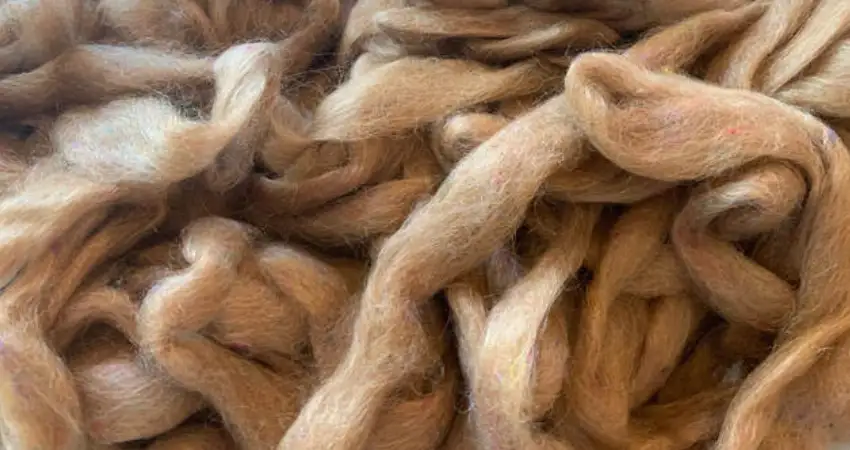
fiber qualities
Some characteristic properties of textiles made with alpaca wool are:
- Elasticity and resistance
- Visual Appearance
- Hygroscopic properties
- Thermal properties
- Softness
3.- LLAMAS VS ALPACAS: HABITAT AND DISTRIBUTION
The population of alpacas is smaller within the Peruvian territory, this species has 99% of its population in South America, it can be found in Peru, Bolivia, Chile, Ecuador and Argentina, although due to its popularity there are also some found in the USA, Netherlands, Australia and New Zealand. Its main habitat is in the mountains, savannahs and sectors of the Andean highlands, very close to humid places with temperatures below 0°.
As for llamas, they are found mainly in the Andean Altiplano in the territories of Peru, Bolivia, Ecuador, Colombia and Argentina. It is also related to the camel, but without the hump, so its main characteristic is its resistance to long distances and weight.
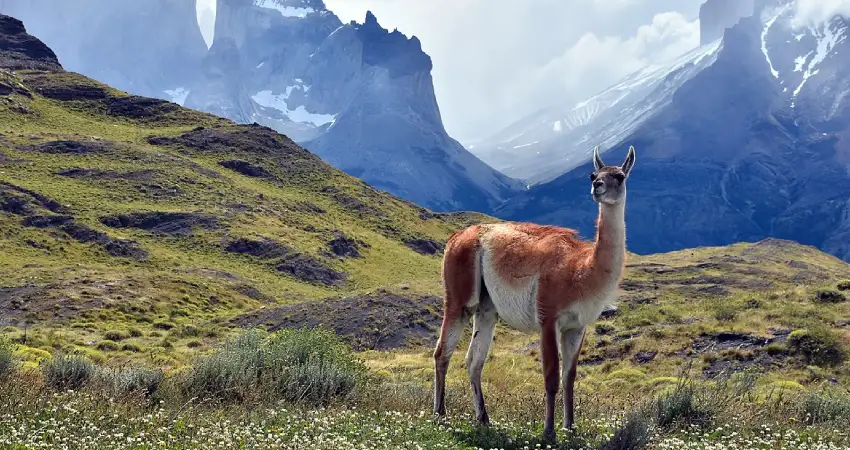
habitat
4.- MAIN DIET OF LLAMAS AND ALPACAS
Alpacas are completely herbivorous and the diet they follow is entirely composed of grass, hay, tree leaf stems and other similar elements. Their feeding process goes through 8 movements and then through 3 chambers to continue the digestion process. As it has an energy demanding metabolism, it needs a lot of food, so alpaca breeders have to supplement its diet with cereals and vitamins.
The llama, on the other hand, is an animal that feeds on grasses and plants that exist in the mountains. This species has a large amount of red blood cells in its blood, which allows it to adapt easily to the altitude where oxygen is scarce. Llamas graze the grass similar to the attitude of cows, so they also chew their food several times to facilitate digestion, in addition to taking advantage of the nutrients of the food and does not require much water, so it is one of the strongest and most resistant animals in mountainous terrain.
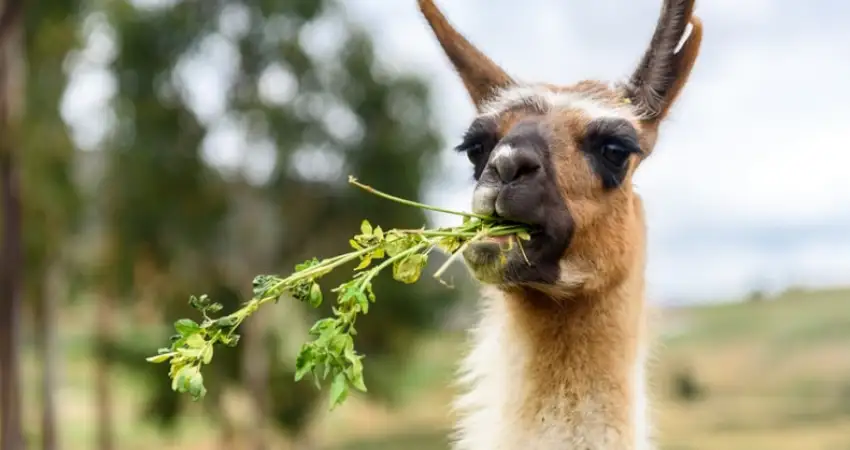
diet
5.- ITS IMPORTANCE IN HISTORY
“In the rolling hills of the Andes, a herd of llamas grazed peacefully, their gentle humming filling the crisp mountain air. Nearby, a group of alpacas huddled together, their fluffy coats shimmering in the golden sunlight. A young alpaca, curious about its larger cousins, ventured towards the llamas, only to be met with a warning hum that echoed across the valley. The two camelid families coexisted in harmonious separation, each content in their own world.”

Now you know the main differences between Llamas vs Alpacas and you can meet them and enjoy of their company in your 2024 trip, spend memorable moments with these furry friends, do not think so much contact now with Auri Peru and start planning an unfforgetable your trip.
“Travelling is changing the clothes of your soul.”




